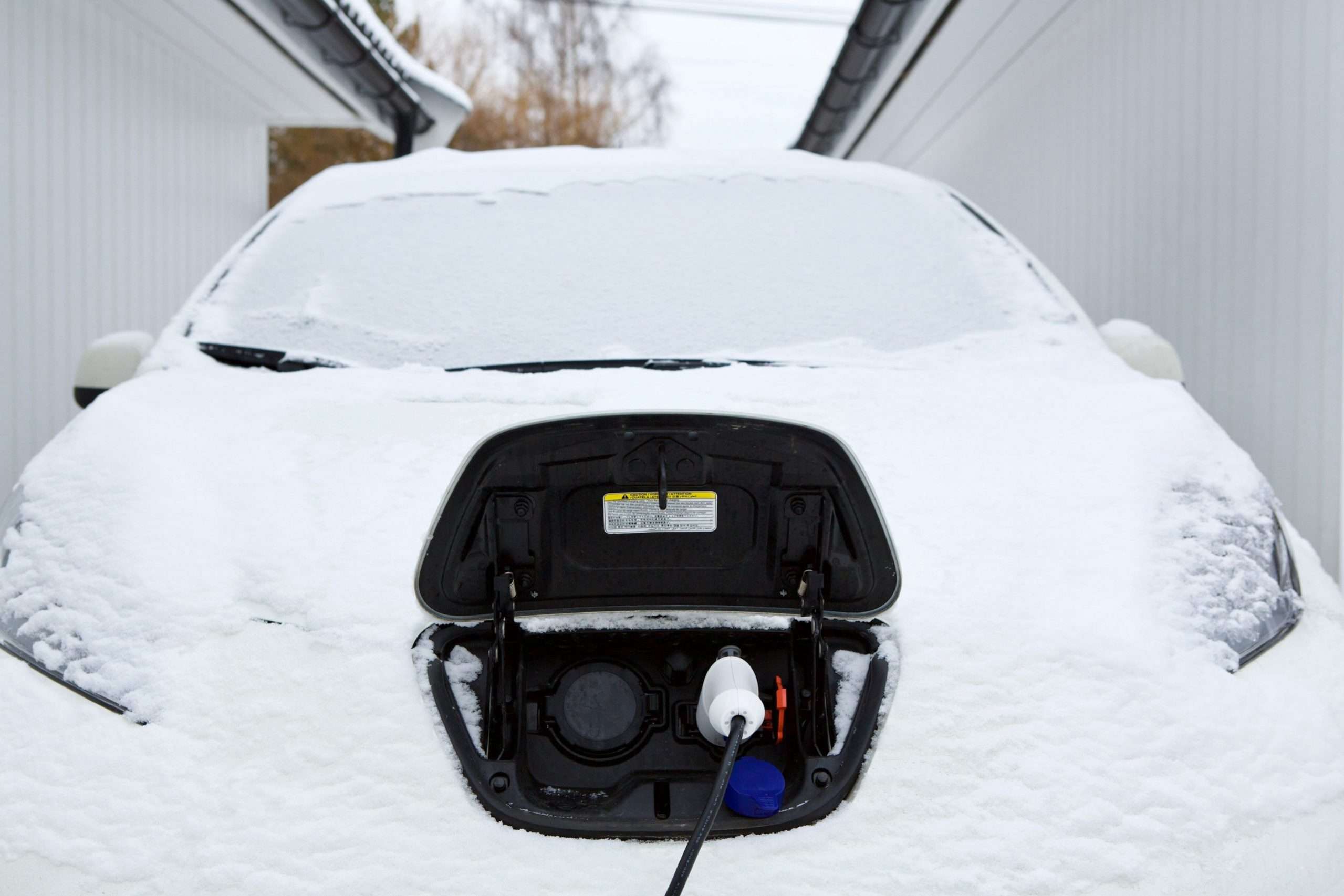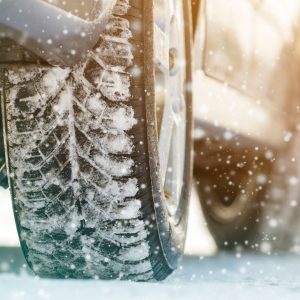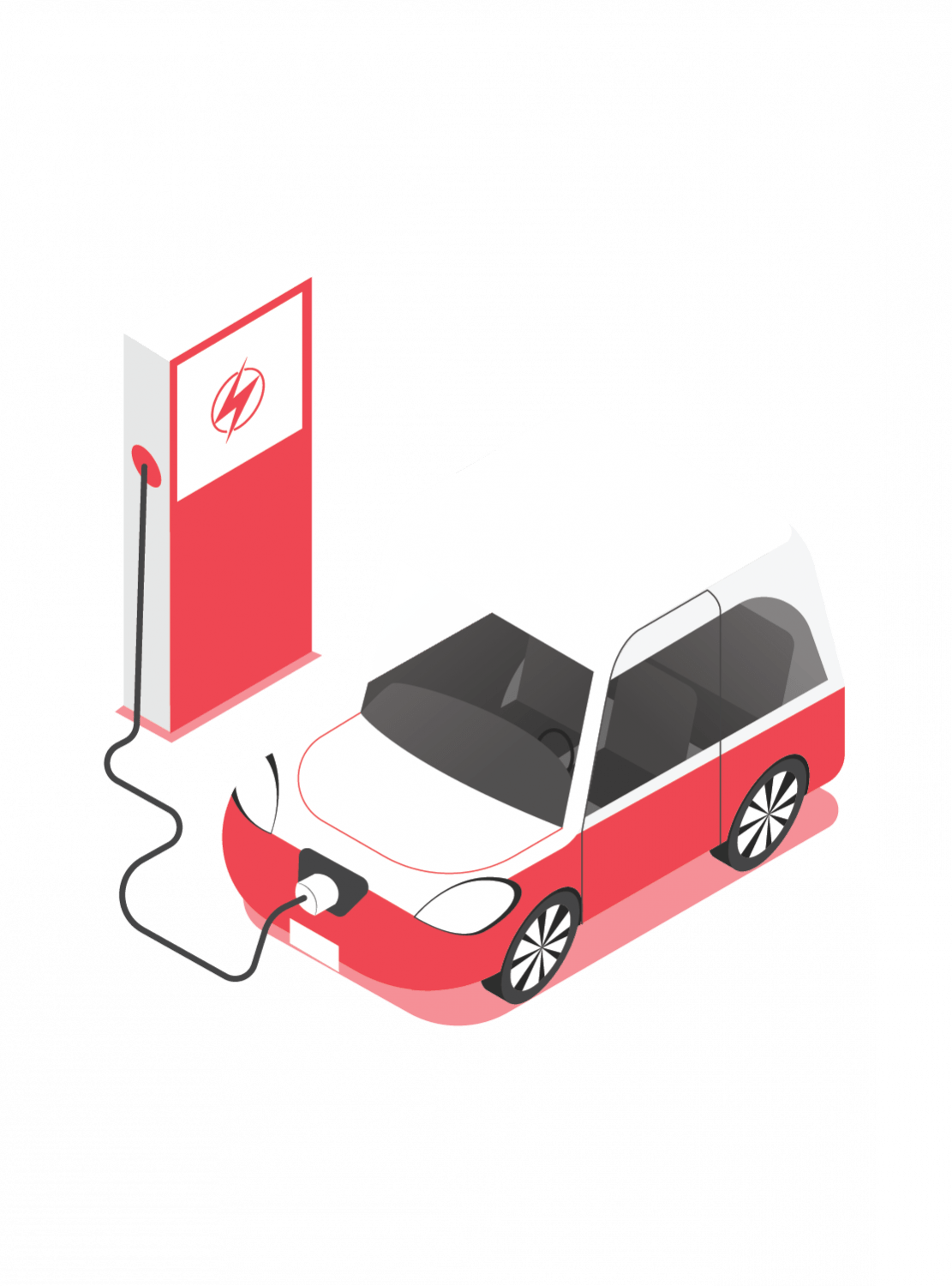How to Drive an EV in Cold Weather and Snow
Electric vehicle (EV) sales rise even when the weather turns colder in the winter. Both customers and researchers have continually focused on how well EVs function in cold weather. Even though lower temperatures and slick terrain have an impact on all vehicles, EV owners are particularly concerned about how their models will perform in colder climates.
How the cold Weather affects EV charging
EVs’ efficiency declines in cold weather as a result of altering fluid viscosity, much like gas-powered cars do (though on a smaller scale). Lithium-ion EV batteries’ electrolyte fluid travels more slowly at lower temperatures, which reduces their ability to produce electricity and charge them quickly. The good news for EV users is that after the battery warms up, it becomes more efficient in both terms, much like in gas-powered cars. Generally speaking, it’s beneficial to charge your car while the battery is warmed up, whether that’s from driving or from sitting in a garage.

Low-temperature EV Range
Some Studies have estimated that EVs can lose up to about 40% of their driving range at 20 degrees versus 77 degrees since both cabin climate and battery efficiency are impacted by cold weather. However, a more recent study carried out in Norway revealed that the average range loss in cold weather for 20 well-known EVs was only about 18.5%. This number is much closer to the 15% efficiency loss for gas-powered cars that the EPA estimates.
That’s obviously fantastic news for EV drivers, but it gets even better. To ensure that EVs surpass drivers’ expectations, EV battery-management systems (BMSs) are constantly updated. Gas-powered vehicles lose so much energy during combustion that EVs will always be more efficient, regardless of the weather, despite the fact that one criticism of EVs is that they do not have the leftover heat from combustion to assist warm the cabin.
The Benefits of the EV BMS
The complexity of EV battery-management systems has not prevented them from addressing cold-weather issues. To maintain an operating temperature, an EV BMS can take a few different actions. In order to preserve temperature, it can first restrict regenerative braking. Additionally, it can restrict fast charging to preserve battery life in colder climates. There may still be some battery reserve since certain vehicles may also show a range that is only a little bit shorter than the battery’s actual capacity. Researchers are continuously pushing the boundaries and making suggestions for enhancements to increase cold-weather range. One such objective is a solid-state battery, which would be far more resilient in cold conditions without fluid to gel.
4 Tips for EV Winter Driving
There are a few things you can do to increase EV driving range, charging time, and safety even though EVs are always getting better at handling cold weather, see below for details 4 Tips For EV Winter Driving
-
Warm Your Battery Up
If the battery is at the proper operating temperature, it will be most efficient when charging or using your electric vehicle. It will undoubtedly assist to charge while parked in a warm garage. Running your car before connecting it in can permit a safer, more efficient charge if you’re using public fast charging.
-
Get your vehicle ready
Allow your EV to reach the ideal cabin temperature while it is still plugged into a charging station to get the most out of your driving range. It uses more of the battery-less to keep the cabin warm than it does to make it. Even some contemporary EVs let you operate your cabin from a distance via an app.
-
Purchase Items You’ll Need in the Cold
Like choosing any other vehicle, choosing the right EV will depend on your specific demands. Consider an all-wheel-drive EV if you live in a snowy area. A cold-weather electric vehicle with all-wheel drive and snow tyres is particularly effective. Additionally, experts advise getting an EV with a range that greatly beyond your daily needs if you frequently drive in extremely cold temperatures.
-
Take It Easy
In bad weather, going slower is not only the safest course of action, but it is also better for your electric vehicle (EV). EVs perform better in city driving than gas-powered vehicles because they consume relatively little energy while idling. Driving your EV at slower speeds on the freeway will help you get more range.


EV Performance in Cold Weather
The performance of EVs in cold weather is no longer an issue due to ongoing developments. Any consumer may select the ideal EV to suit their cold-weather driving requirements, and they continue to be dependable, efficient, and safe vehicles all year long.




